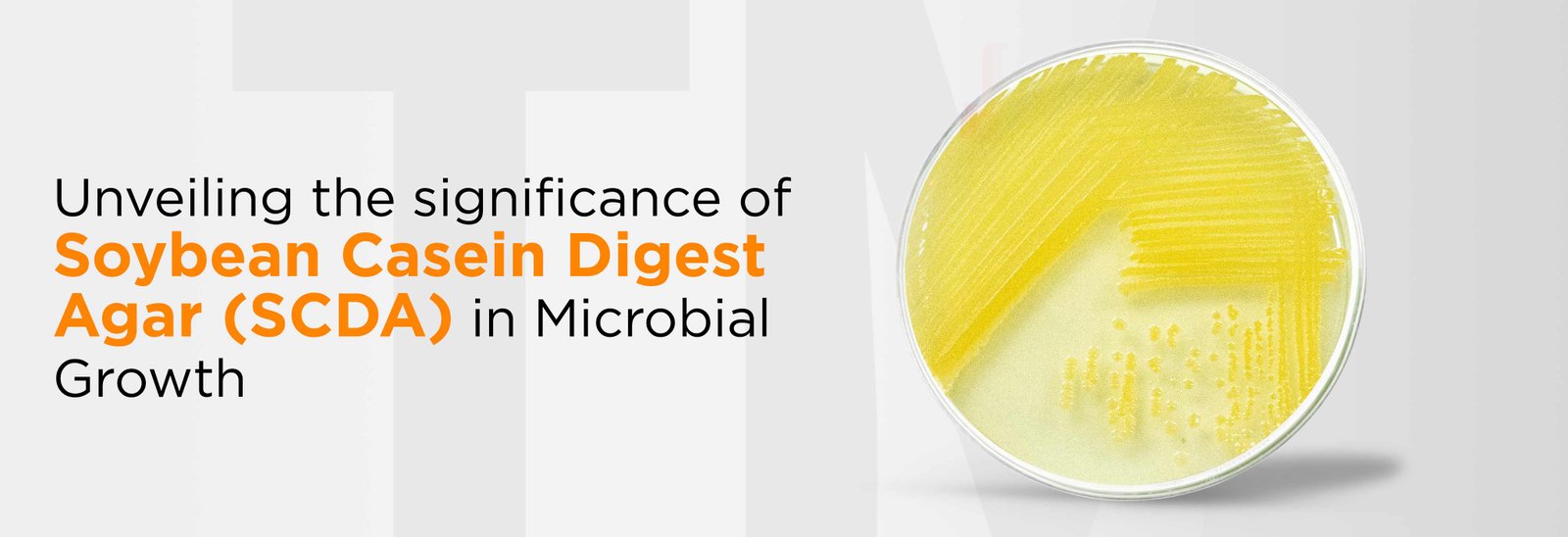

Think of a field as a big garden where tiny superheroes, called microbes, work behind the scenes. They’re not just in labs; they’re here to help our crops grow better and keep pests away. Now, meet their secret helpers – Biological Media Bases, also called Culture Media Ingredients. These are like the special ingredients that make these superheroes thrive and, in turn, make our plants healthier. Join us as we delve into the essential role of Biological Media Bases in cultivating a greener, more productive future for farming.
Microbes need good food to do their jobs well. Biological Media Bases are a buffet of nutrients that help microbes grow properly and survive while being mass-produced for industrial uses.
For example, microbial growth is influenced by various factors, including pH levels. While certain bacteria thrive in acidic conditions, others prefer neutral to alkaline environments. Additionally, constituents like trace elements, carbon sources, and specific nutrients play vital roles in creating optimal growth conditions for bacteria, fungi, and other microbial groups. Tailoring growth media to these preferences fosters a conducive environment, promoting the effectiveness of bio-fertilizers, bio-pesticides, and bio-fungicides in sustainable agriculture.
Choosing the correct Biological Media Base is important, as during mass production, maintaining the characteristics of microbes is an essential factor. The right Biological Media Base fulfils the specific needs of each microbe and creates an environment that is perfectly suited to their growth and development.
While Azotobacter is a nitrogen fixer, it still needs some initial nitrogen to get started. Ammonium sulfate is one option, although the concentration needs to be balanced to avoid inhibiting Azotobacter’s nitrogen fixation ability. It also needs a carbon source of energy to grow. Simple sugars like Mannitol can be a choice. While the presence of Mannitol provides a readily available carbon source for Azotobacter to grow and multiply. Other minerals like Phosphates, Magnesium Sulfate, and Sodium Chloride fulfill essential nutrient requirements for the bacteria. Molybdenum included in the medium as a cofactor for nitrogenase plays a crucial role in facilitating nitrogen fixation by Azotobacter.
The fermenter broth needs to provide the right balance of nutrients for its growth. Research has shown that specific carbon sources like Glycerol and nitrogen sources like Peptone and Yeast Extract can optimize biomass and metabolite production. Potassium Dihydrogen Phosphate provides a source of phosphate ions, which are crucial building blocks for Pseudomonas fluorescens. Phosphate is a major component of nucleic acids (DNA and RNA), energy transfer molecules (ATP and ADP), and phospholipids in cell membranes. Adequate phosphate availability is essential for the bacteria’s growth, reproduction, and overall metabolic activity during fermentation. It also acts as a buffer to maintain a stable pH in the fermentation broth. Magnesium Sulphate supplies magnesium ions, another vital element. Magnesium acts as a cofactor for many enzymes involved in cellular metabolism, including those involved in energy production, protein synthesis, and DNA replication.
Choosing the right balance is important for enhanced growth. The specific ratio of carbon to nitrogen (C:N) is crucial. A higher C:N ratio (around 20-30) can promote sporulation later in the fermentation when readily available nitrogen depletes. Conversely, a lower C:N ratio favors vegetative growth. The exact composition may need to be optimized based on the specific strain of Trichoderma harzianum and desired production goals. Carbon sources provide the primary energy source for fungal growth, cellular respiration, and the synthesis of various macromolecules. Commonly used options include simple sugars (Glucose and Sucrose). Simple sugars are easily utilized by Trichoderma, promoting rapid growth and biomass accumulation. The nitrogen source supplies essential building blocks for proteins and nucleic acids. Common choices include organic nitrogen sources (Yeast Extract and Peptone), which are readily available for fungal uptake, promoting rapid growth. Inorganic nitrogen sources (Ammonium Sulfate and Urea) are a more economical option but require conversion by the fungus into usable forms, which may slightly slow growth compared to organic sources.
In conclusion, the careful selection and formulation of Culture Media Ingredients play a vital role in supporting the growth and activity of beneficial microbes in sustainable agriculture. From nitrogen-fixing bacteria like Azotobacter to biocontrol agents such as Pseudomonas fluorescens and Trichoderma harzianum, each microbe has specific nutrient requirements that must be met for optimal performance. By providing the necessary organic and inorganic nutrients, as well as essential cofactors, Culture Media create favorable conditions for microbial growth, nutrient cycling, and disease suppression in the soil.
At tmmedia, we understand the critical role that Culture Media ingredients play in supporting the growth and function of beneficial microbes in agriculture. With our comprehensive range of high-quality Biological Media Bases, including Peptones, carbon sources, and specialty nutrients like Molybdenum, we provide the essential building blocks for cultivating diverse microbial communities in soil and plant ecosystems. We also offer Dehydrated Culture Media such as King’s B Medium, Ashby’s Glucose Agar, and many more for mass production of Microbial based fertilizers and controls. Our commitment to excellence and innovation has made us a trusted partner for agricultural and microbiological needs.

Maintaining the highest standards of quality and safety is paramount in pharmaceutical manufacturing. Strict adherence to current good manufacturing practices...
Read More
Potato Dextrose Agar (PDA) is a widely utilized medium in microbiology, specifically designed for the isolation and enumeration of yeasts...
Read More
In the complicated world of microbiology, where precision and reliability are of utmost importance, Soybean Casein Digest Agar (SCDA) stands...
Read More
Have you ever wondered how scientists can grow entire plants from just a few cells in a laboratory? The answer...
Read More
In the world of pathogenic identification, one crucial player in the isolation and cultivation of Vibrio species is Thiosulfate-citrate-bile salts-sucrose...
Read More